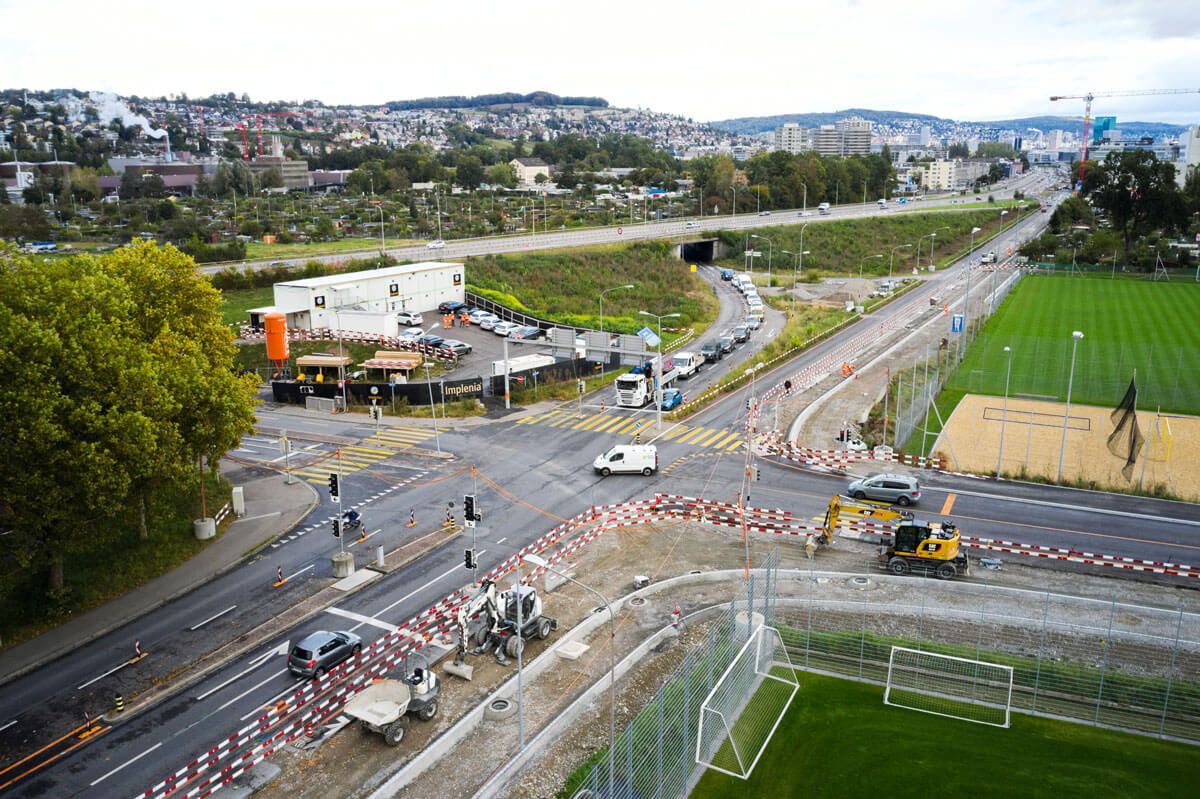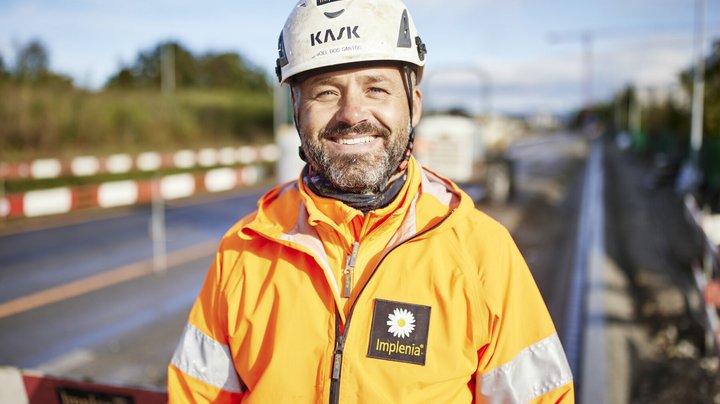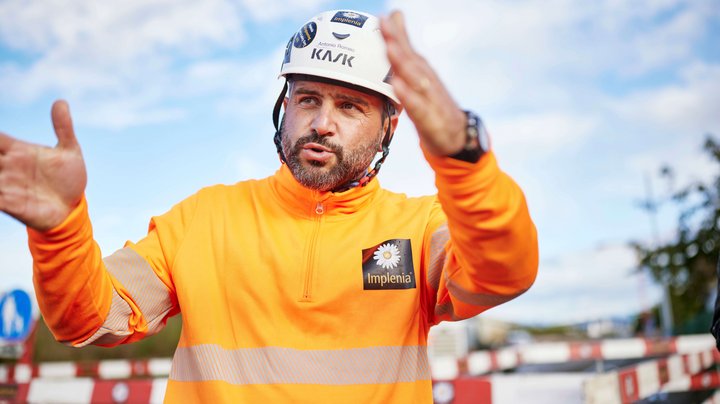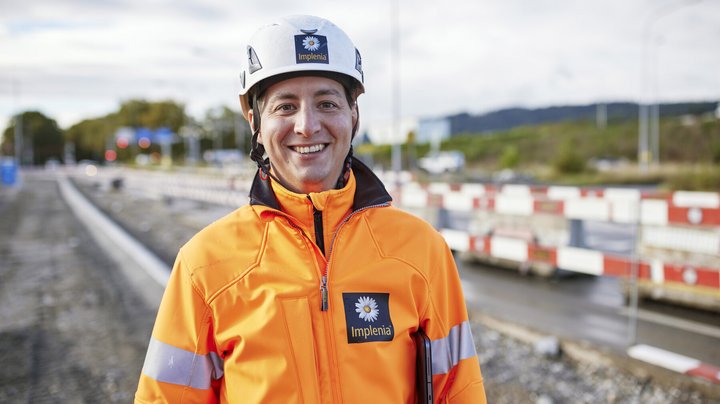No invoice without measurement
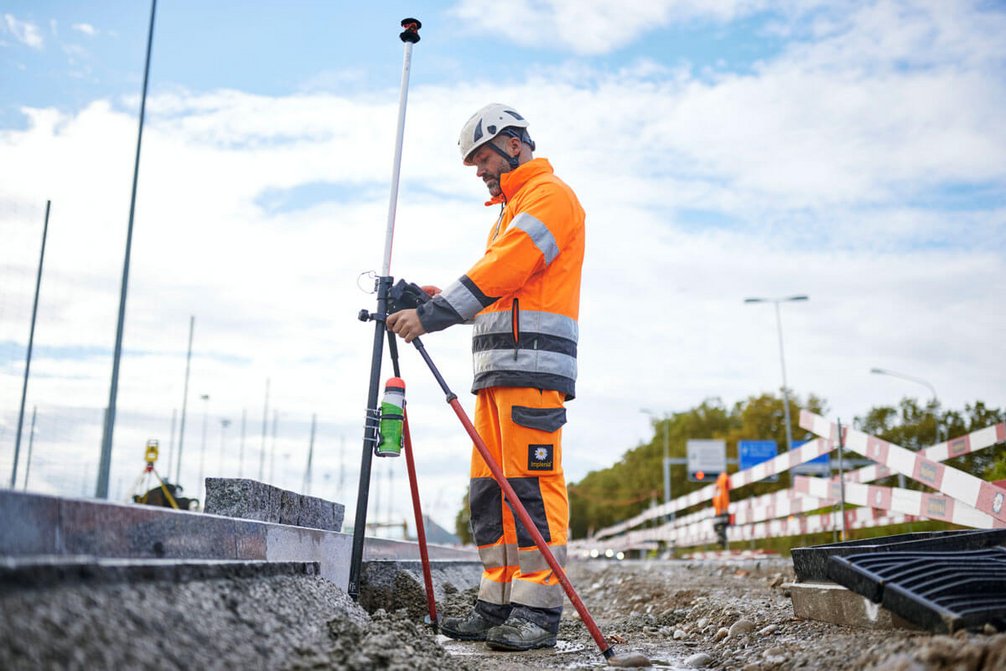
The Grünau roadworks are a showcase project. Since March 2021, Implenia has been working on “Early actions utility lines Bernerstrasse Süd” to prepare the main project work, which will start in 2023 at the earliest. After a good six months Project Manager Antonio Romeo’s team is right on track. “We have reached all our milestones so far,” he says. “This has only been possible thanks to the full commitment of the team. A big thank you to everyone!”
When he talks about the team’s commitment, he means the work of his 19 colleagues, of course, who under the supervision of foreman Joel dos Santos are digging, concreting or carrying out surfacing work. In addition to the actual construction activities, however, hours and hours are spent in the office container. This is where detailed documentation is drawn up for the work Implenia has done for the project every week.
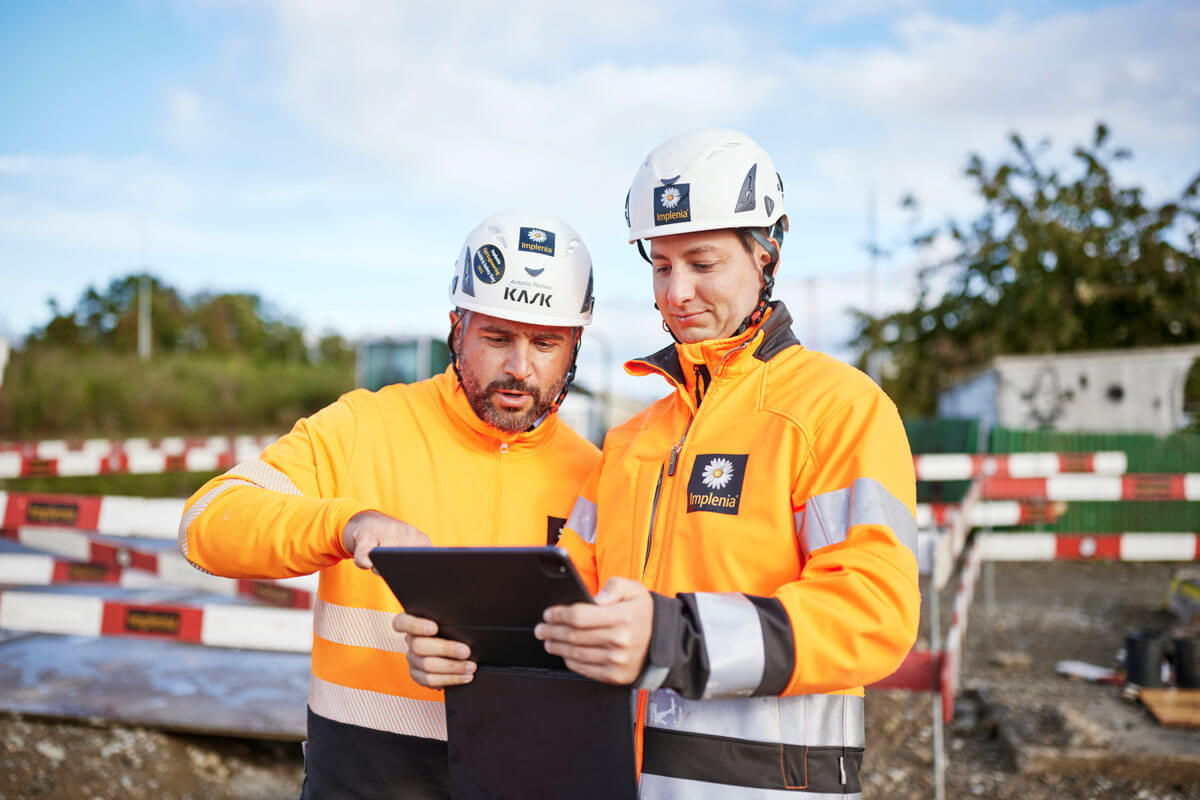
“It’s very simple. In order to be able to bill our work every month, we have to prove we have done it,” says Antonio Romeo. “And measurements have to be taken to do this. Excavated soil (in cubic metres); surfaces broken up (square metres, cubic metres or tonnes); cut (linear metres); material deliveries (tonnes or cubic metres).”
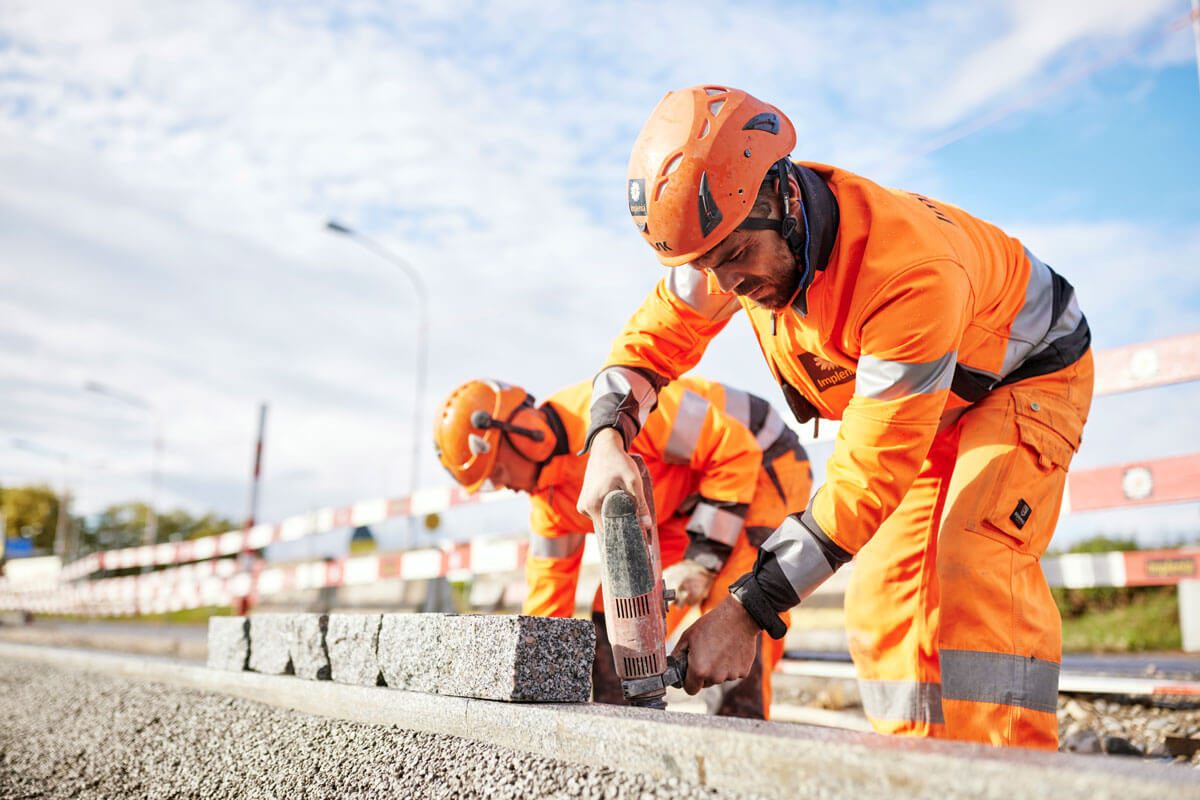
At least once a week general foreman Robin Schwendeler digitally documents the work with a representative of the construction management – they monitor the work in Grünau – the 1.5-kilometre-long roadworks – for the client Astra (Federal Roads Office). Together, they assess the progress made here during the last working week and record it with an iPad camera and the total station. The images are processed and measured afterwards.
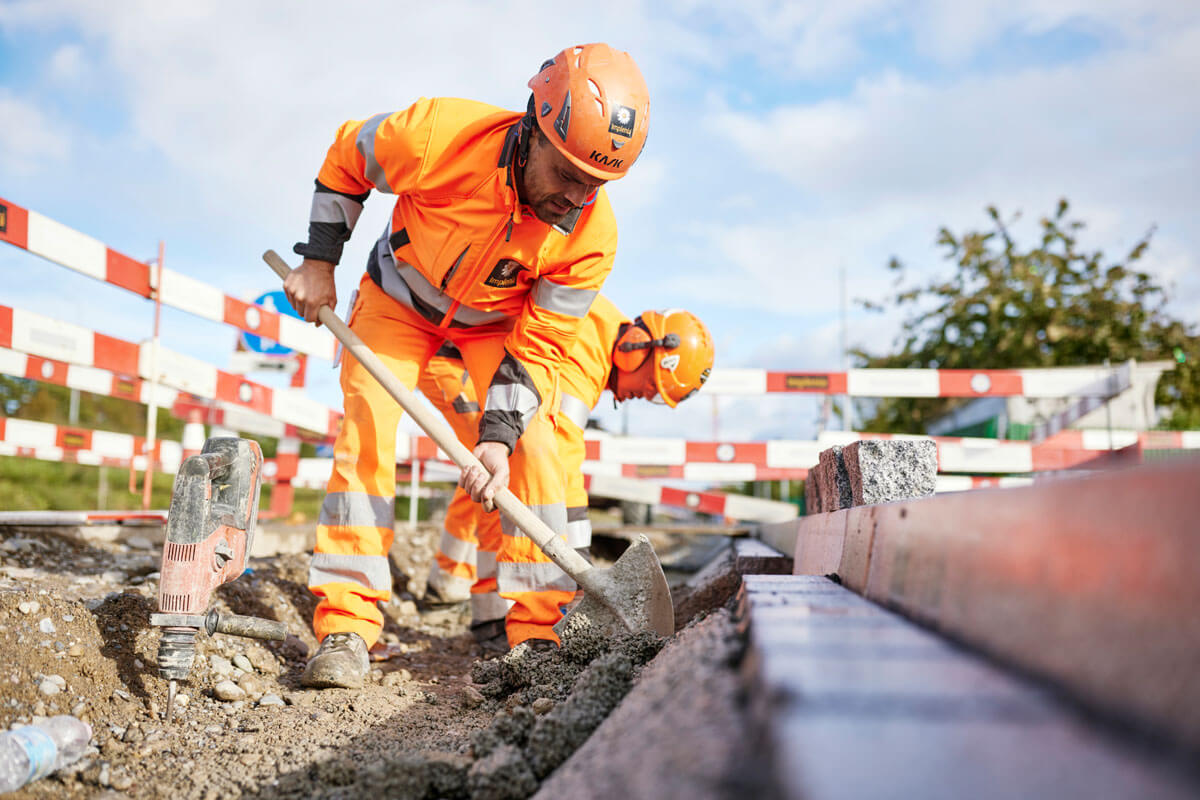
Back in the office they check the reports and draw up the surveys. Images of the roadworks, supplemented by extra information, such as about the soil quality or any obstacles encountered that could influence the scope of the work. There are repeated discussions, especially when assessing such unforeseen extra tasks. “Obstacles mean extra work, which we have to invoice,” explains Robin Schwendeler. “We don’t always agree on an exact figure for this extra work.”
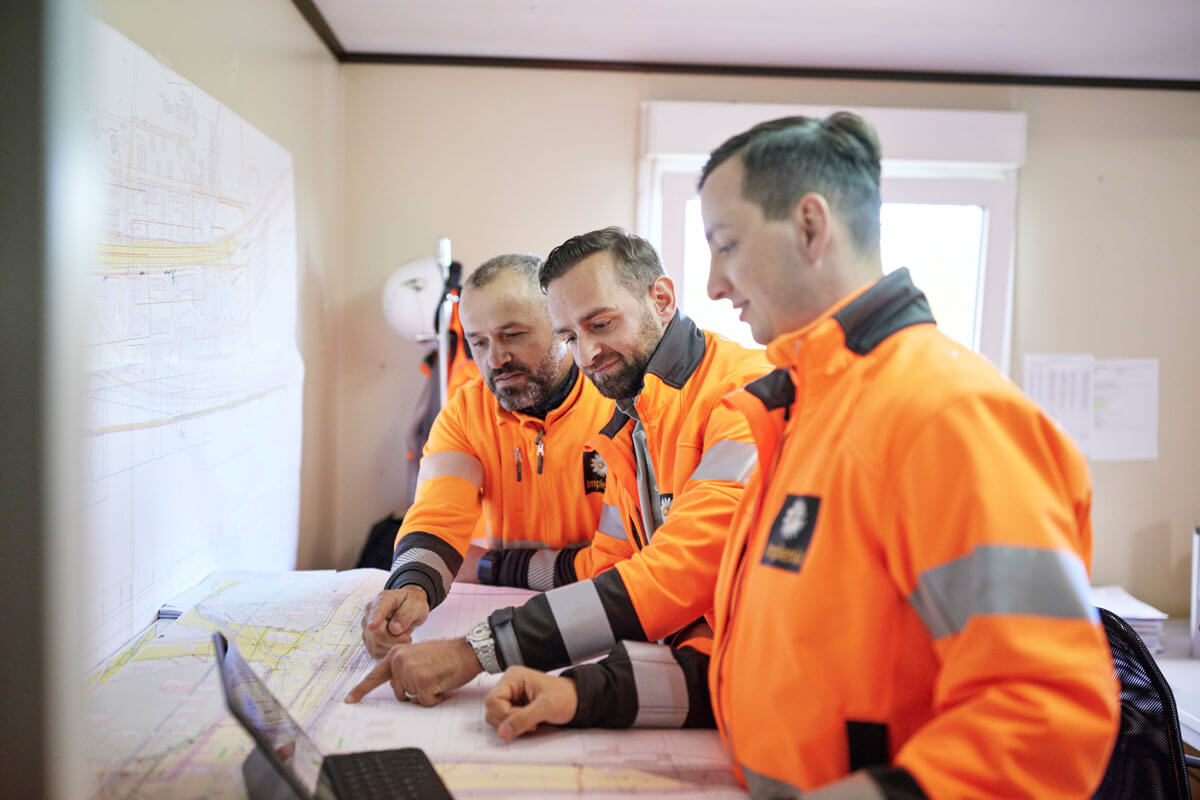
From many years of experience Antonio Romeo knows that it helps to provide constantly good work. “If the construction management know you always do a good job, discussions about extra work can be more constructive,” he explains. “If we deal with and submit our field photos as soon as possible we can argue more convincingly and confidently and provide information.”
«The important thing is to submit invoices as quickly as possible for all work that everyone agrees on.»
Antonio Romeo, Project Leader
But it is not always possible to avoid discussions. “It’s important to invoice all the work we all agree on as quickly as possible,” emphasises Antonio Romeo. “Sometimes you’d prefer to wait with the invoicing until all the outstanding points have been cleared up so you can send a total bill. But waiting costs money which is why it isn't a good solution! After all, we’ve also got expenses and we have to make sure we’re regularly paid for our work.”
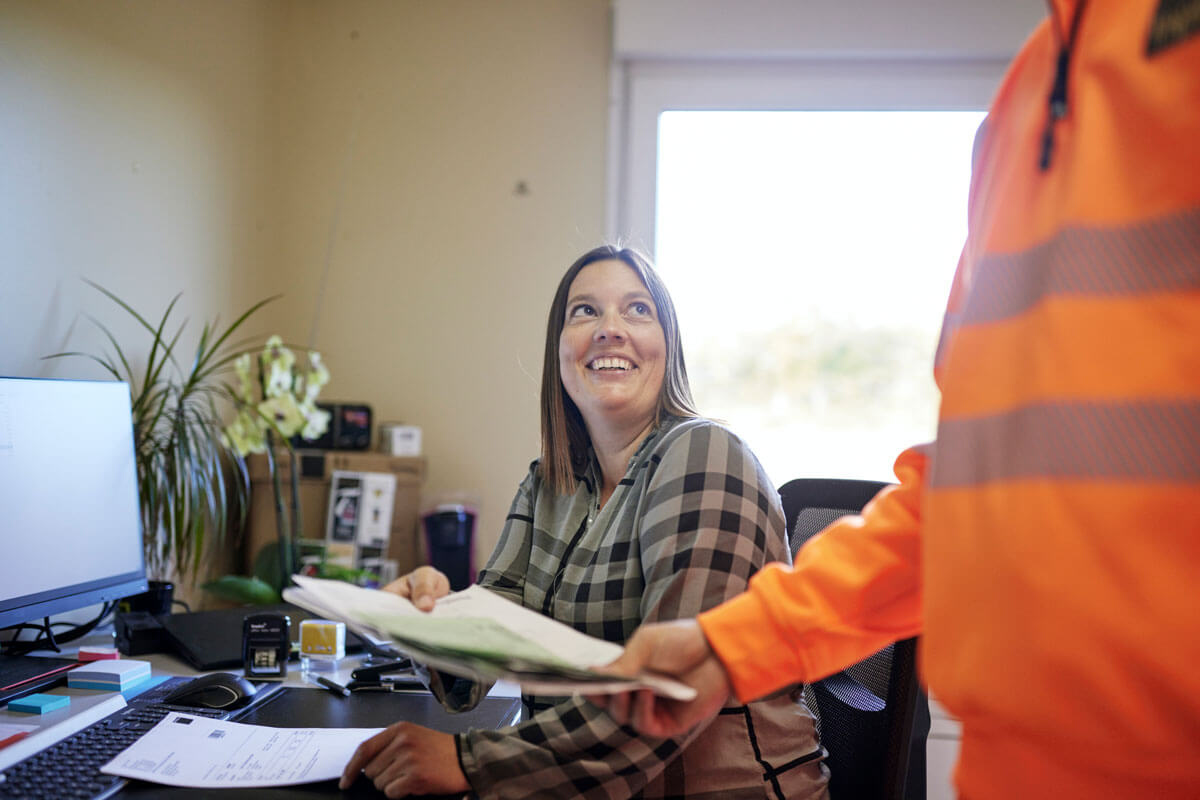
“Building – surveying – checking – invoicing” is thus a recurring weekly or monthly process that ensures we also get paid for our services. The reports are filed properly and every invoice is enclosed. “It’s all about transparency,” explains Antonio Romeo. “We’re building for the public sector here. In these sorts of projects, we have to make sure every check can be traced, which services we invoiced and why, even five years later, when the roadworks have long since disappeared.”
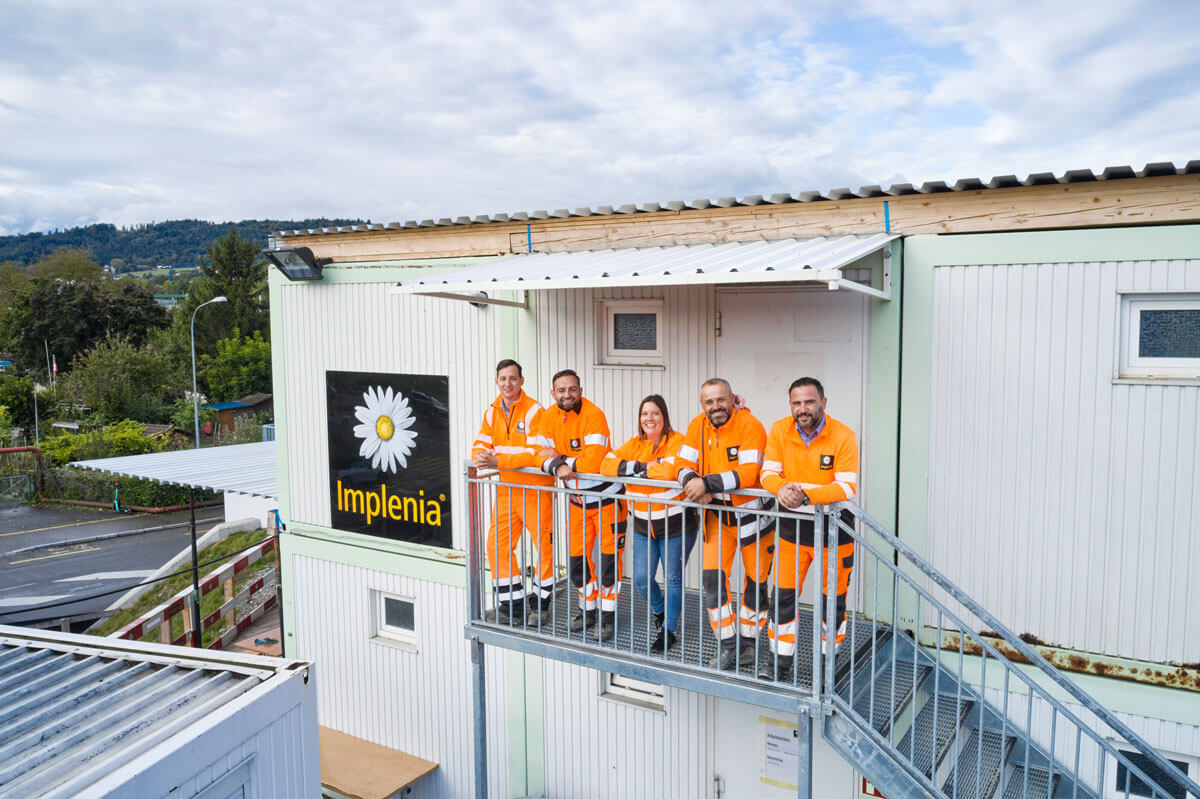
The project “A1 Schlieren – Europabrücke (Grünau)”
Client: Federal Roads Office ASTRA
The project: The national road N1 and Bernerstrasse Nord and Süd in the City of Zürich, Quartier Grünau, are being maintained and equipped with an 800-metre-long noise barrier, adjusted drainage and a road runoff treatment plant. In connection with the construction of the new ZSC stadium on Bernerstrasse Süd, prior to the main works new utility lines, in particular for gas, electricity, district heating and cooling, and water supplies, have to be created. All the excavation work for the urban utility line projects will be carried out with the groundwork. Thus, the project is a mixture of national road construction and urban excavation. One additional challenge: over 90% of the national road route between the Europabrücke and the city limit on the River Limmat is part of the Au water protection area.
Start: March 2021
Construction time: 16 months
More about the Grünau project
